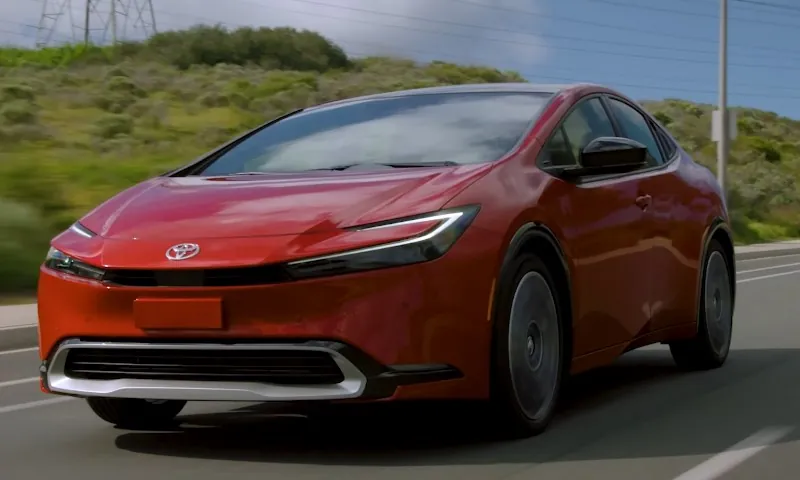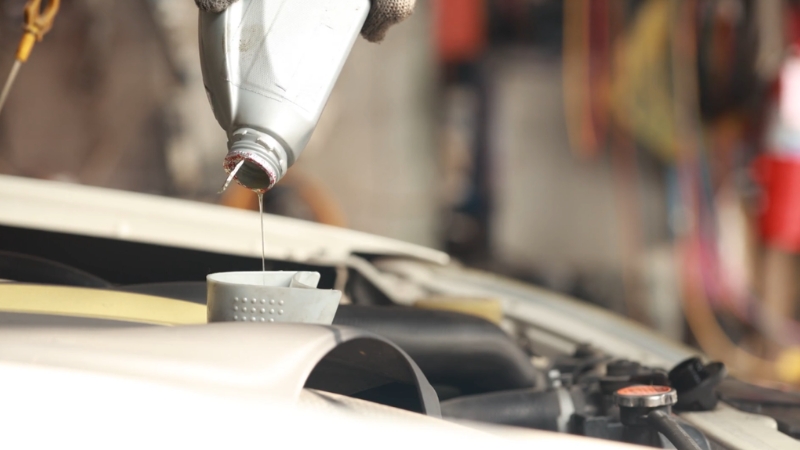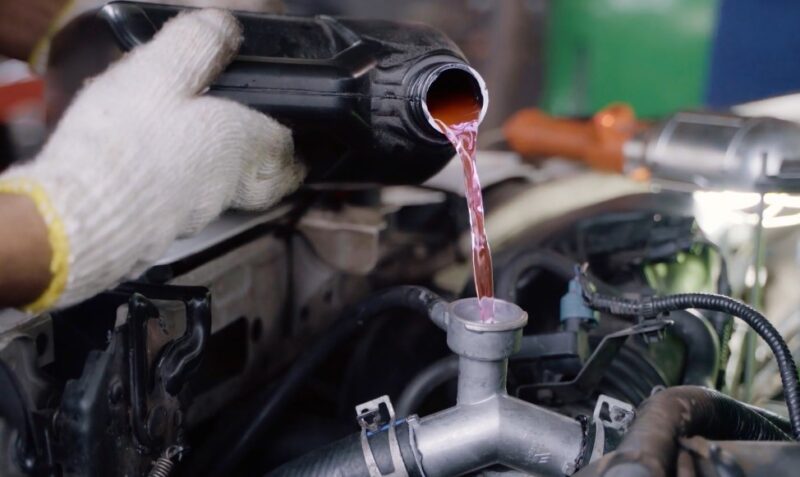
Share Post:
Taking care of your car isn’t just about oil changes and tire rotations—coolant (also known as antifreeze) is another crucial piece of the puzzle.
But how often should you change it? Let me break it down for you.
Table of Contents
ToggleQuick Coolant Care Tips
- Change intervals: 30,000-100,000 miles or every 2-5 years.
- Flush the system: Every time you change the coolant.
- Test the coolant: Use a coolant tester or visit a repair shop.
- Inspect hoses and radiators: Check for cracks or leaks regularly.
- Keep the coolant clean: Watch out for discoloration, foam, or oil.
General Guidelines
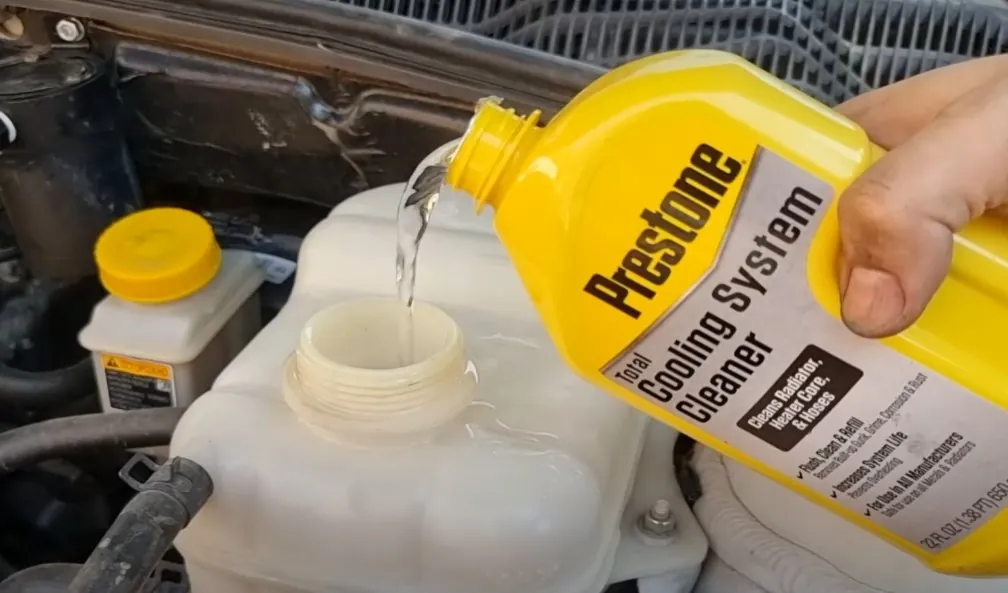
One of the most common questions people ask about coolant is, “How often do I need to change it?”
The answer isn’t a simple one-size-fits-all because it depends on several factors, like the type of coolant your car uses and the conditions you drive in.
Mileage and Time Intervals
A good rule of thumb is to change the coolant every 30,000 to 100,000 miles or every 2 to 5 years, and Central Hyundai also supports this claim.
Yes, that’s a pretty wide range, but here’s why: different coolants last different amounts of time. Older coolants, especially the green ones known as Inorganic Acid Technology (IAT), need changing every two years or 30,000 miles.
Trust Your Owner’s Manual
For the most accurate recommendation, take a look at your car’s owner’s manual. It’ll give you the manufacturer’s guidelines on when to change the coolant.
Some newer vehicles have cooling systems designed to last longer, meaning you won’t need to replace the coolant as often, but periodic checks are still important.
Coolant Types
Here’s where things get a little technical, but stick with me—knowing the type of coolant in your car can help you figure out how often to change it.
- Inorganic Acid Technology (IAT): Usually green, lasts about 30,000 miles or two years.
- Organic Acid Technology (OAT): Often orange or red, lasts up to 100,000 miles or five years.
- Hybrid Organic Acid Technology (HOAT): Can go even longer—up to 150,000 miles in some cases.
So, if you’re not sure what type of coolant is in your car, check your manual or ask your mechanic the next time you’re in for a service.
Factors That Can Affect Coolant Change Frequency
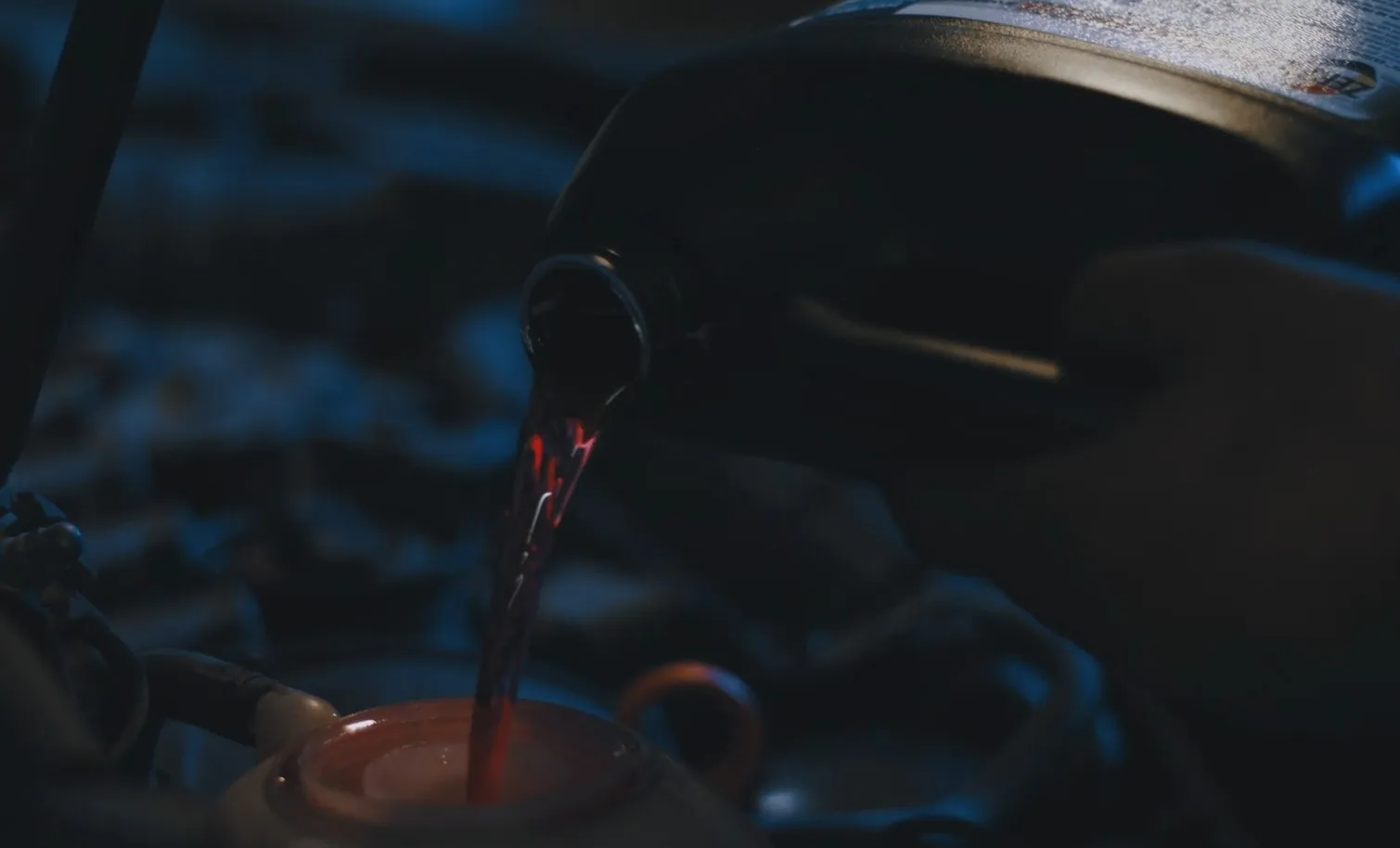
Driving Conditions Matter
It’s not just about miles on the odometer—how and where you drive plays a role too. If you’re towing heavy loads, driving in extreme temperatures, or stuck in stop-and-go traffic, your engine works harder.
This stress can mean the coolant breaks down quicker and might need to be changed sooner than you think. For those of us who live in scorching climates or pull trailers up steep hills, keeping an eye on coolant levels is extra important.
Cold or hot weather conditions affect the coolant’s effectiveness. For example, in colder weather, it’s essential to have the correct 50/50 antifreeze-water mix to prevent freezing and engine damage, especially when driving in freezing conditions. – DOBBS Tire & Auto Centers
Visual Check
You don’t need to be a mechanic to know when something’s off with your coolant. Take a peek at it every now and then. If it’s brown or rusty instead of that vibrant green, orange, or red, it’s time for a change.
That discolored coolant means the additives that prevent corrosion have broken down, and your engine could be at risk of overheating.
How to Tell If Your Coolant Needs Changing
@merciejauto How do I know if Coolant needs to be Replaced? #radiator #coolant #coolantleak #radiatorflush #mechaniclife ♬ original sound – Mercie J Auto Care
So how can you tell if your coolant needs changing besides the mileage? Let’s look at some common signs.
1. Overheating Engine
One of the most obvious signals is an overheating engine. If your car starts running hot or you notice the temperature gauge creeping up more often than usual, it could be a sign your coolant isn’t doing its job anymore.
2. Dropping Coolant Levels
Always keep an eye on your coolant levels. If you notice they’re dropping fast, it might mean there’s a leak somewhere in the system. Leaks are often caused by worn-out hoses, a cracked radiator, or even issues with seals.
3. Weird Smells
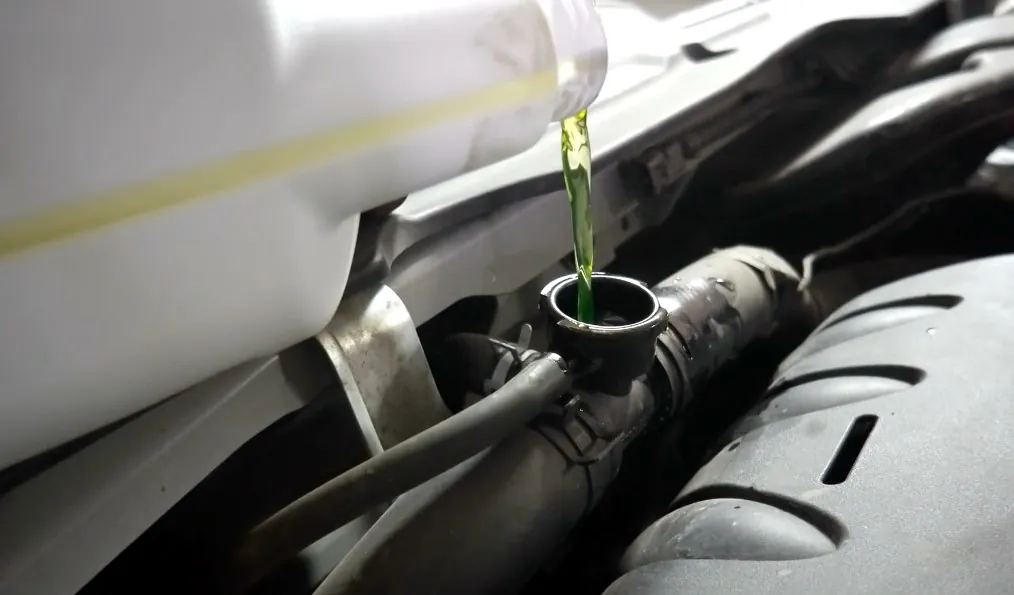
A sweet smell coming from under the hood is another telltale sign of a coolant leak. Coolant has a distinct sweet odor, and if it’s leaking, you’ll probably catch a whiff.
4. Warning Lights
Modern cars often come equipped with a coolant temperature warning light. If it pops on, don’t ignore it. Check your coolant levels and condition as soon as you can.
5. Foamy or Oily Coolant
If your coolant looks foamy or has an oily film on top, that’s not good. It might mean contamination, and in that case, a flush and refill are definitely in order.
The Importance of Flushing the Coolant System
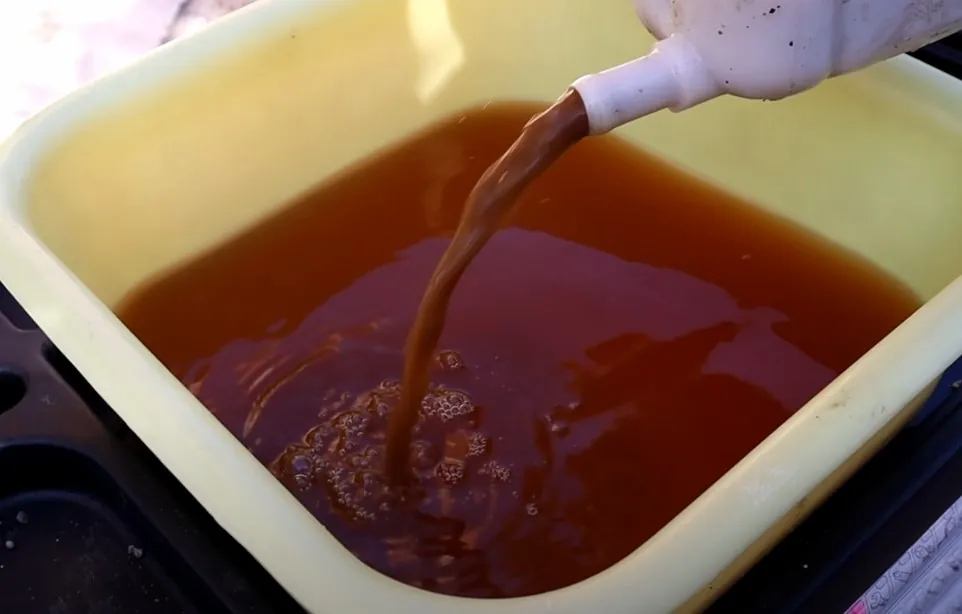
Changing the coolant isn’t just about topping off the tank with new fluid. When the time comes, it’s a good idea to flush the entire system.
A flush helps remove any gunk, rust, or contaminants that have built up over time. This makes sure your new coolant can do its job efficiently. Most experts recommend flushing the system every time you change the coolant.
Testing Your Coolant
Not sure if your coolant is still up to the task? You can test it! Coolant testers are inexpensive and measure the freezing and boiling points of your coolant to determine if it’s still effective.
Keep an Eye on the Rest of the Cooling System
While you’re dealing with coolant, take a minute to inspect other parts of the cooling system, like the hoses, radiator, and water pump.
Cracked hoses or a corroded radiator could lead to bigger problems down the road. If you spot any issues, it’s better to address them early before they cause a major headache.
What Happens If You Don’t Change Your Coolant?
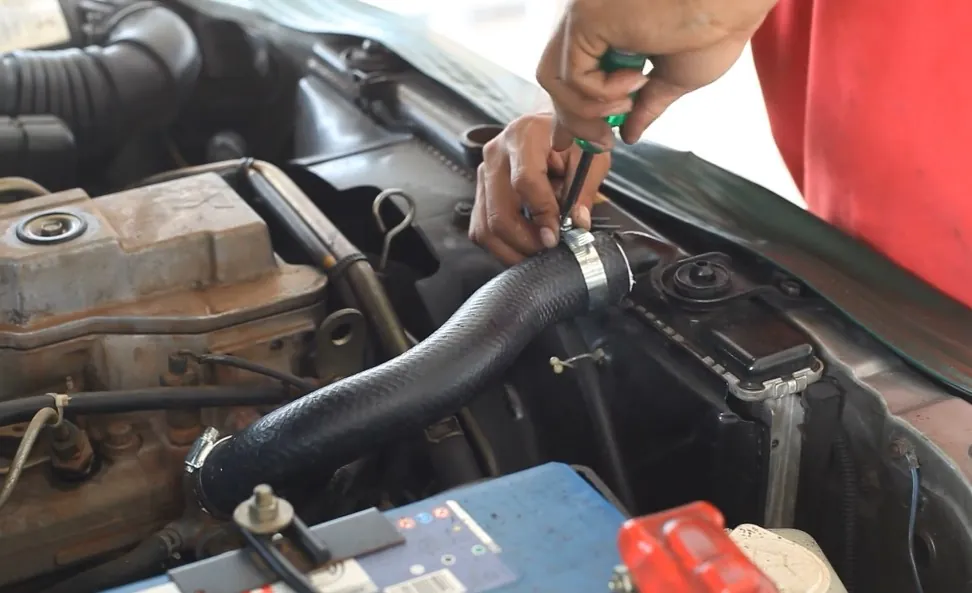
Now, what if you decide to skip out on changing your coolant? Trust me, it’s not worth it. Here’s why:
Corrosion Damage
Coolant not only keeps your engine cool, but it also prevents corrosion inside the radiator and engine block. If the coolant gets too old, it loses its corrosion-fighting properties, leading to rust and damage that can be costly to fix.
Clogged Radiator
Old coolant can also turn into sludge, clogging up your radiator and making it hard for the system to circulate properly. This can lead to engine overheating and, ultimately, breakdowns.
Expensive Repairs
Ignoring coolant changes can lead to major repairs. Replacing a radiator, water pump, or engine is far more expensive than simply sticking to a regular maintenance schedule. Pay attention if the maintenance light is on or off on your dashboard.
Methodology
- I broke down the coolant change intervals and types in simple terms, so it’s easy for anyone to follow, whether you’re a car newbie or a seasoned driver.
- I included signs to watch for, like overheating or discolored coolant, which comes from my years of experience seeing what goes wrong when coolant isn’t maintained.
- I shared tips and info just like I would when chatting with customers in the shop.
- I also consulted reputable vehicle websites to back up my claims regarding this subject.
When in Doubt, Change It Out
Changing your car’s coolant might not be something you think about every day, but it’s a key part of keeping your engine healthy.
The general rule is to change it every 30,000 to 100,000 miles, depending on your vehicle and driving conditions, but always check your manual for the most accurate guidance.
Don’t forget to inspect the coolant regularly, flush the system when needed, and watch for warning signs like overheating or coolant that looks dirty.
Taking the time to maintain your coolant system now will save you from bigger, more expensive problems down the road.
So, next time you’re doing a routine check-up on your car, give the coolant a little extra love. You’ll see that in time, it absolutely pays off!
Related Posts:
- Coolant Leak from the Bottom of the Car - Causes and…
- How to Change Battery in Prius Key - Easy Solution…
- How to Baby-Proof Your Car? Essential Tips for New Parents
- How to Secure Your Teen’s First Car - Safety Tips…
- How to Get Paint off Your Car - Tips and Tricks for…
- Are Surrons Street Legal - Insights and Tips




